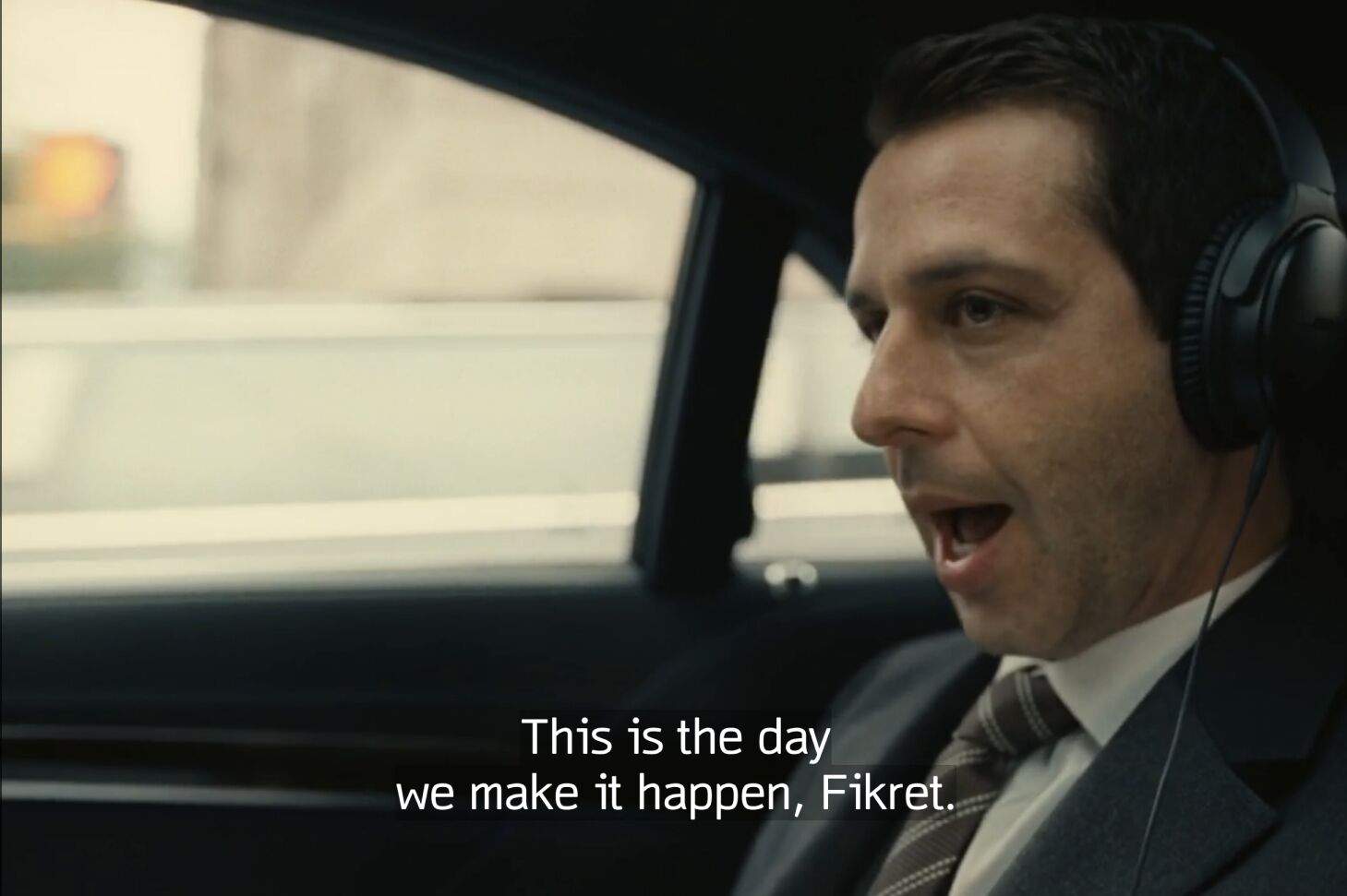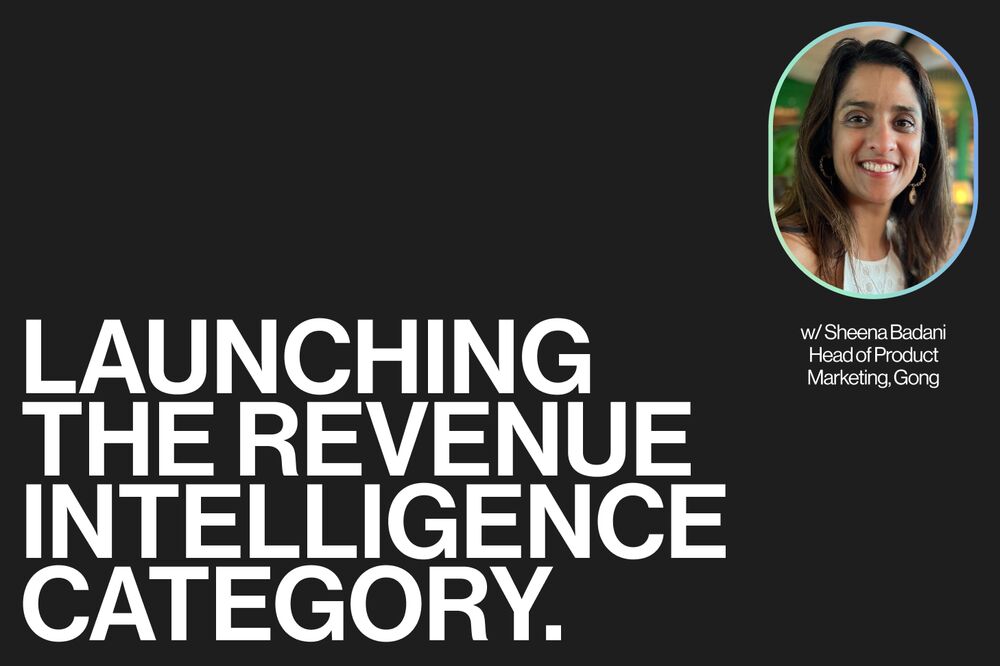How I Write Strategy — Part 1
Wherein, among other things, a little grandiosity goes a long way.


Good morning.
One of the dumb things about writing about strategy is that most of the work I do is confidential, so I end up talking about abstract ideas a lot. I talk about principles over details. It’s not ideal for readers who really want to know how to do this work.
So today let’s see if I can get specific and tell you exactly how I do what I do, so you can do it yourself. I’ve used this general approach working on Uber, Clari, Slack and at least 100 other companies.
Two competing ideas come to mind.
- I believe anyone can do what I do—and apply it to almost any goal in life.
- There is an aspect to this work, the craft of writing and story structure, that can only be learned through hard work and a lot of trial and error over a period of years.
That said I don’t think #2 is essential to writing strategy. Steve Jobs was a genius at #2. Elon Musk is not, and he seems to be doing just fine.
What I’m about to share likely has a lot of overlap with how those two work. Either way, this is how I do it. This is what I’m actually thinking and doing when I write strategy.
Let’s start with my mindset. I have a tendency to see the world in dramatic terms. That’s just how I am. I have a desire to do something big. To not just fit in or follow the crowd. I’m often asking, how can I transcend the status quo and make something that truly matters.
It’s grandiose. But it works for me.
There are also negative things. The ways I’ve been shut out, shut down, told I am don’t have what it takes. Everyone experiences this in different ways. I keep those feelings close. They’re really useful when it comes to writing strategy.
One day I get an email from a CEO or CMO.
They want my help. When we meet, they tell me about their goals. The product they’re inventing, and why it matters. They may not say it at first, but from their vantage point, they see an endless list of obstacles. What they really want to achieve often seems impossible, or other people say it is, but they would never say that out loud.
The truth is, I’m basically looking for myself in this person. Can I identify with their mission? Do I feel a personal connection to it? If they are the kind of person who, like me, wants to do something big, something good, but somehow the world is telling them, “Be reasonable. Give up this dream.” My interest is piqued.
I won’t say any of this. Better to mostly listen and let them lead the conversation. But the questions I tend to ask are about their biggest goals and obstacles. That resonates with some.
If we get hired for the job, our team immerses ourselves in the company and product. We pour through customer research, press coverage, and competing solutions as well as conducting stakeholder interviews with the executive team. During this time, I and the rest of the strategy team take the success of this company personally. The goal is to vanquish all competitors, while making something that is better for the customer and the world.
Again, it’s grandiose. But grandiosity, paired with a decent BS meter, makes for good strategy.
I tend to identify with people easily. If I focus on a person long enough, I naturally start to see them as the underdog. When I do this with CEOs it helps me throw myself fully into the assignment. I do the same thing with customers, the users of the product. You have to take it personally to have any hope of writing great strategy. You absolutely have to feel it. Otherwise how can you expect anyone else to?
Most people do strategy like it’s just business. It ends up feeling phoned in. If instead, you do strategy from a place that truly matters to you, you’ll be miles ahead.
During the research phase, I’m thinking about the context of our client’s business.
What factors will I need to pay attention to? They may have a world-changing technology but no idea how to productize it. On the other end of the spectrum, they may have a product at parity with many others and they now need to define a product vision that makes them categorically different from competitors. These are two very different category strategy assignments, requiring different solutions.
Next I’m forming ideas of what the category might be and how it relates to adjacent categories. How are existing product categories leaving the customer out in the cold? Usually two or three narrative paths start to reveal themselves.
When I meet with our strategy team, we share these category concepts with each other. A category concept has two parts. A big, latent problem the customer has, called the Gap, and a new way to conceptualize our client’s product, called the Category Idea. Here’s an example:
Gap: The Media Device Gap
You love to sit back and experience movies, books, the New York Times, the web, but phones are too small and laptops are too big and clunky. And current tablets (the TabletPC) just act like laptops.
Category Idea: iPad
The first touchscreen tablet purpose-built for the media experiences you love.
The Gap and Category Idea are the lingua franca of category design. It’s how we quickly compare ideas. After some discussion, our team is leaning toward a couple of category concepts.
One last thing before workshops. We ask ourselves, “what do we need to know in order to vet our category concepts?” We make sure to bring those questions up during the workshop.
Figuring out the category concept is not the only thing we need to do. None of it matters if the client isn’t on board. I’m also thinking about getting our clients to agree together on a way forward. This often means surfacing disagreements among the executive team and seeing if we can work through them together. The business world calls it executive alignment, and it is everything.
The category concept must be something people can internalize. This is huge! A strategy that people need to look up in a Powerpoint is dead on arrival. Only when the executive team can feel it in their hearts, do we have something. Watch any Steve Jobs interview and you can tell he feels it in his gut, he is essentially reading from his heart. This connection to his own heart, paired with the innovation itself, is why the world was captivated by him.
Invention and meaning.
Technology and the deeply personal.
Engineering and poetry.
That’s the job.
By the end of our two workshops, ideally our CEO is feeling some confidence in us and our work. Building trust is critical here because if we’re doing our jobs, we’ll be asking them to take some big risks in the coming months.
Now we sit down with category concepts and write them into a deck.
We update our ideas based on new input from the executive team. We keep this deck simple. If you have a bunch of words and pages in it, you probably don’t have good ideas.
Typically, every possible thing our client might do can be covered in three to four category territories. What I mean by territories is, each concept should be differentiated from the other concepts so that, when you put all concepts together on a board, the executive team has the sense we’ve covered each major path they could take.
Let me give you an example of strategic paths. Figma is an incredible technical innovation. In 2015, Dylan Field and Evan Wallace got a graphic design tool working in a browser like Google Docs. But the product it is today was not, back then, a foregone conclusion. They didn’t have to build out their new category as collaborative design for professional designers. They could have conceived it as a tool for non-designers, like Canva. That would be a different strategic path, one that required different ways of telling their story and a different product roadmap. The point is, their work started with an amazing technical innovation but it didn’t come to fruition until they chose a specific strategic path for the category.
We pitch each category concept to the executive team. This is a big moment in the history of their company. They’re choosing a path that will define their future.
Usually at this point, we have enough alignment that there is one concept that stands out for the executive team. If so, we say goodbye to the other concepts, and start to focus on writing out the complete strategy against that one idea.
In that moment, when our CEO chooses a direction to move forward with, I can see the whole category POV, the entire Steve Jobs-like presentation in my mind. It feels almost easy at this point to put it all together into a strategic narrative. One reason I can see it all, is by this point, I’ve internalized the story and feel it is a story that must be told.
Now I just have to write it, sell it and act as chief evangelist for the story until launch day. But that’s a whole other post.
One more thing to add. A category concept can’t just be a problem and a solution. It can’t just be a better mousetrap. So while I’m thinking about category concepts, I’m trying to uncover an idea—a contrarian ethos—that will play a central role in our story.
You need an animating idea that tells customers, and your own product team, where the product is headed in the future. Possibly the movement you’re creating. I usually call it ethos. Sometimes a “new way.”
Take the iPad. Jobs made it clear that the iPad was born of their love of sitting back and enjoying books, movies, news, and browsing the web—and no device out there was great at that. This ethos is a powerful idea that lets customers, and Apple’s product designers, understand how the iPad will change and grow over time. They will continue to make it better and better in a way that stays true to that ethos.
This post is getting long so I’ll wrap it up.
Here’s my off-the-cuff ethos for Category First: Imagine if, baked into every new AI innovation, there was a humanist idea of how to help, not hurt, people. What would that do for the world?
Like I said, I tend to see things in dramatic terms. But if we’re just trying to make money until the robots decide what to do with us, what’s the point of any of this?
Thanks for reading. I hope you have a great week.
Next.

